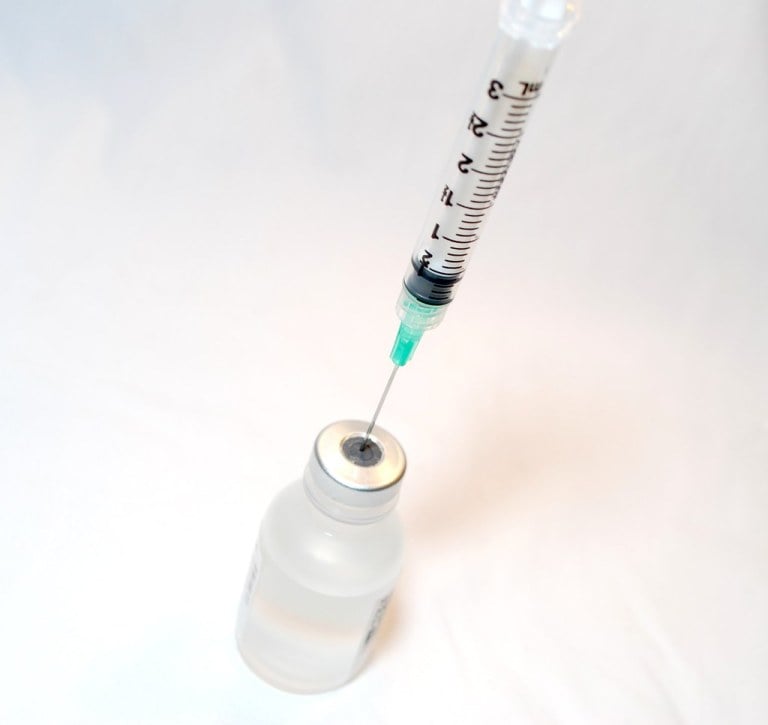Since the beginning of the coronavirus pandemic, a COVID-19 vaccine has been hailed as the only way for life to return to its pre-pandemic ways. However, in order for a vaccine to be effective, it must be widely distributed, and even then, it’s uncertain how many coronavirus-era changes will be adapted into a new normal.
As far as vaccines go, “it seems unlikely that [one] will be approved in 2020,” said Stanford law professor Lisa Ouellette. “Even summer 2021 is an aggressive goal.”
This means that, as far as Stanford’s current policy of remote learning is concerned, hoping that a vaccine will bring a swift end might be unrealistic.
Anthony Fauci did express cautious optimism that a vaccine could be available by the end of 2019 in a recent talk with Stanford Med. But, even if a vaccine were to be approved earlier as Fauci hopes, there is still a long road between regulatory approval and manufacturing. Scaling up production of a vaccine to produce the number of doses that will be potentially needed is no small task.
“It will take many months after [approval] to begin to meet the demand,” Ouellette said in an interview with The Daily. What’s more, World Health Organization (WHO) officials are advocating for a policy of prioritizing vaccine distribution to high-need populations such as healthcare workers and other at-risk demographics. Such policies would likely mean that college-aged students, who are at lower risk for COVID-19 related deaths, might be among the last to be vaccinated.
Once college students do gain access to the vaccine, the risk of developing COVID-19 on a college campus could remain. While Polio and HPV vaccines have been known to have a 90% efficacy rate, according to the FDA’s June 30 guidance, which is discussed in Professor Ouelette’s blog, a COVID-19 vaccine will likely have an efficacy rate closer to 50%. (Efficacy rate refers to the most favorable estimate of percentage reduction of disease in a vaccinated group of people compared to an unvaccinated group.)
“This means that at least some vaccinated individuals (including high-risk individuals) would become infected,” Ouellette said. Though this efficacy rate is far from ideal, “mandating a coronavirus vaccine to demonstrate 90% plus efficacy while the pandemic rages would be allowing perfect[ion] to be the enemy of good.”
For immunocompromised and other vulnerable students, however, this 50% efficacy rate may be far from ideal, making it implausible that a crowded college campus would be a safe place, even with access to a COVID-19 vaccine.
The Stanford Department of Environmental Health and Safety declined to comment in regards to precautionary measures the University is planning for high-risk students. However, Stanford has announced a host of upcoming changes to help maximize the safety of students on campus. Families will no longer be allowed to enter residential or dining halls while moving in, students will have their temperatures checked and be regularly tested for COVID-19, and campus events and parties will be banned.
While the impending coronavirus vaccine is heralded as the end of the pandemic for Stanford and the world, it is prudent to keep in mind that the existence of a vaccine doesn’t necessarily prevent infection — actual vaccinations do. The process of turning the former into the latter remains unclear.
Meanwhile, fundamental changes to the Stanford student experience that will be implemented next year — take-out meals from dining halls, limited access to common spaces in dorms, mask-wearing in public spaces, decreased social gatherings — may continue to persist for an unpredictable period of time, changing campus life in lasting ways.
Contact Sophia Gibson at sgibson ‘at’ urbanschool.org
